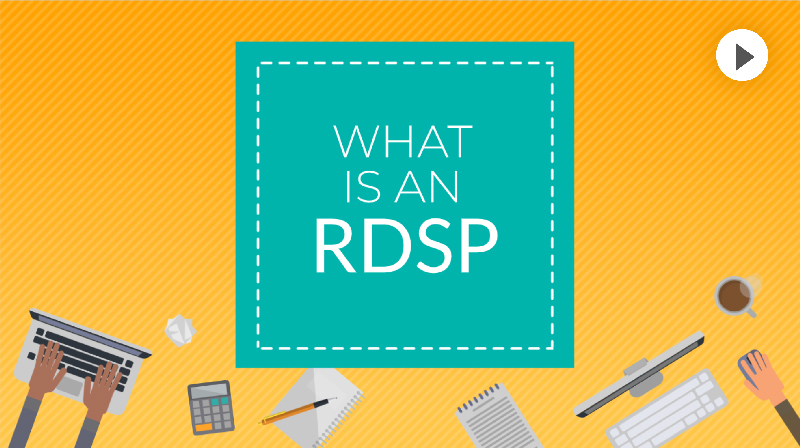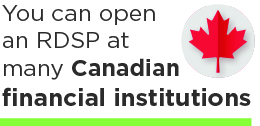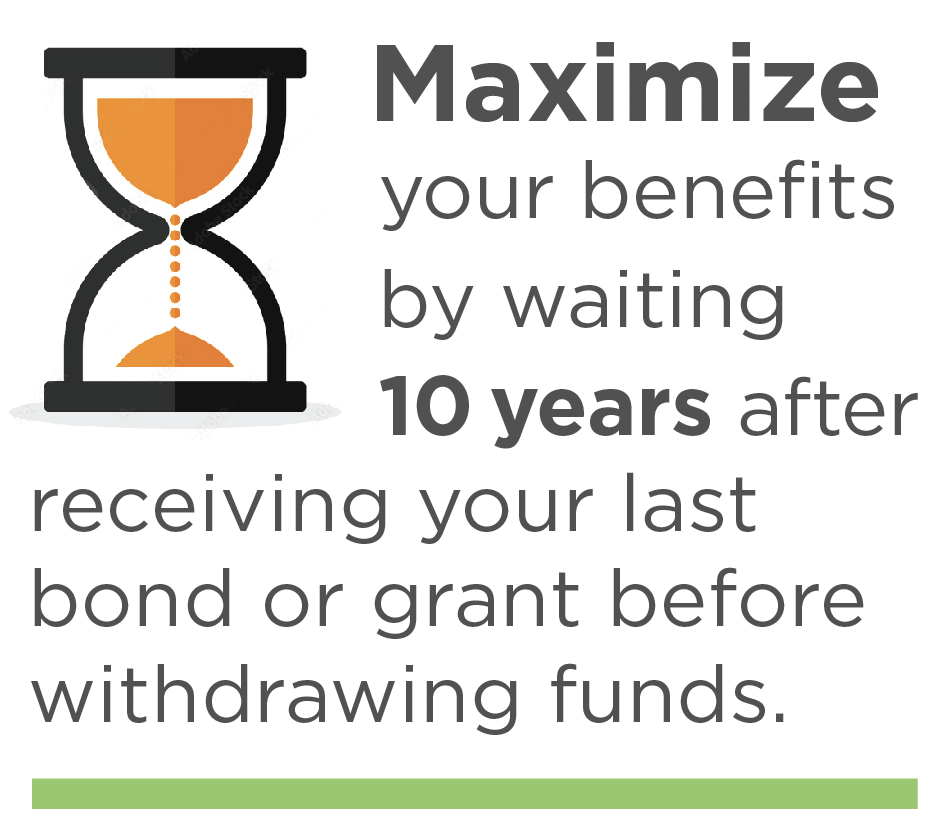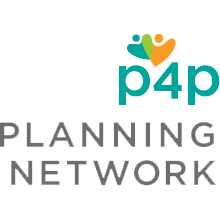
The Registered Disability Savings Plan
The Registered Disability Savings Plan
The Registered Disability Savings Plan (RDSP) is a made-in-Canada innovation designed to provide a long-term savings vehicle for people with disabilities.
The RDSP was developed by the Government of Canada in 2008 to help Canadians with a disability create financial security. With personal contributions, grants and bonds provided by the Canadian Government, and opportunities to grow the plan through various investment options, an RDSP can grow quickly.
What is an RDSP?
What is an RDSP?
The RDSP is made up of personal contributions, and bonds and grants provided by the federal government.
- Canada Disability Savings Grant - For every $1 a person contributes to the RDSP, the federal government could match up to $3 in grant (depending on the family income).
-
Canada Disability Savings Bond - For low-income Canadians, the government will contribute $1,000 of bonds each year up to $20,000 lifetime amount. You don't have to make personal contributions to receive bonds.
- Personal Contributions - With the beneficiary's permission, anyone can contribute to an RDSP - family, friends, neighbours, etc. Making personal contributions will help the RDSP grow. but you don't have to be able to make personal contributions to benefit from an RDSP.


Requirements to Open an RDSP
Requirements to Open an RDSP
- Be a resident of Canada,
- Have a social insurance number,
- Be under 59 years of age – or be under 49 years of age to receive the grants and bonds,
- Qualify for the Disability Tax Credit. This is the key qualifier for the RDSP. The Disability Tax Credit offers many benefits and is worth applying for even if you have little income. Learn more about the Disability Tax Credit HERE


- Most Canadian financial institutions offer the RDSP and many financial advisors can also help you set up and manage your RDSP. The Planning Network has a list of qualified financial advisors who can assist you in setting up your RDSP. Visit the Professional Services Directory HERE.
- To open an RDSP a plan holder must be selected. The person who sets up and manages an RDSP is considered the Plan Holder. A beneficiary may be a Plan Holder if they are over 18 years of age or a parent, spouse, common-law partner or guardian may be the Plan Holder.

- There are no restrictions in how RDSP funds may be spent.
- Funds may be withdrawn as regular payments or lump sum withdrawals.
- Important Note: Withdrawals made before all Grants and Bond have been in your plan for at least 10 years are subject to clawback. Maximize your benefits by waiting 10 years after receiving your last bond or grant before withdrawing funds.
- In Ontario, a person can have an RDSP with unlimited amounts and can make withdrawals from their account WITHOUT impacting their Ontario Disability Support Program eligibility.
Maximizing Your RDSP
Maximizing Your RDSP
- To receive bonds and maximize grants you must file your income tax returns each year.
- You can receive any bonds or grants you were eligible for but missed out on for the previous 10 years or from the date you qualified for the Disability Tax Credit (whichever is shorter), even if you didn't have an RDSP during that time.
- Learn more about how to manage your RDSP and RDSP investments at After Opening an RDSP
- Use one of the available RDSP calculators to see how you may benefit from the plan.


